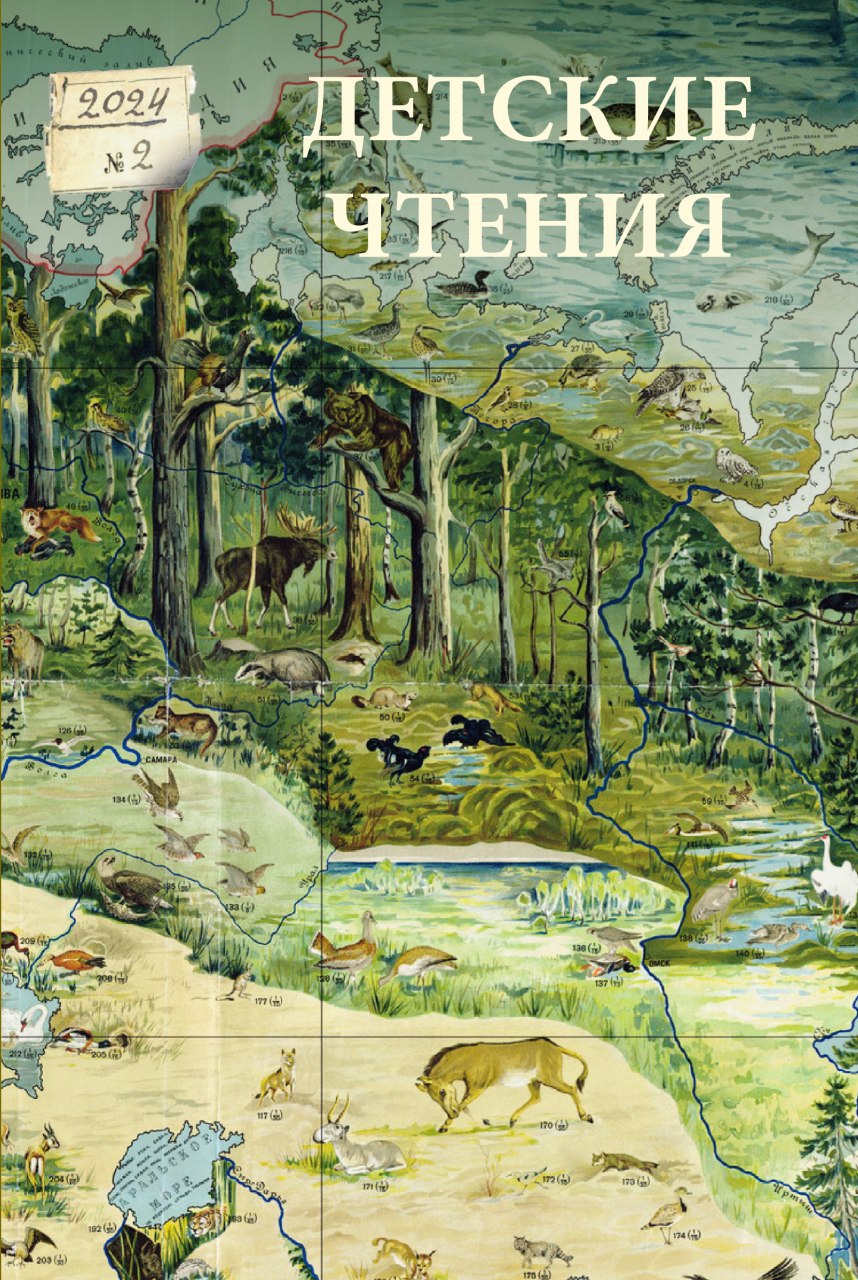SURROUNDING AND DELIMITING: IDEOLOGICAL APPROACHES IN SOVIET CHILDREN’S GEOGRAPHICAL LITERATURE AND EDUCATIONAL CARTOGRAPHY OF THE 1920S AND 30S
DOI:
https://doi.org/10.31860/2304-5817-2024-2-26-54-80Abstract
The article examines Soviet children’s popular science literature on geography and educational geographical maps of the 1920s and 1930s, considering the map as an instrument of state influence, through which students forms an understanding of the country’s territory and the world. The author identifies two opposite approaches to teaching geography. The first, local approach is based on the idea of the country as a collection of equal regions, emphasizing the localization of geography and prioritizing the study the home region. The second, centralizing approach, is characterized by an increase in the significance of territorial expansion, an emphasis on the role of borders and the construction of hierarchies. These approaches coexisted, manifesting throughout both decades, but the local history approach, which manifested itself most clearly in the 1920s, eventually gave way to the antagonistic centralizing approach, whose influence grew in the 1930s due to consistent reforms in geographical education. Cartography under the local approach is characterized by the function of representing reality and the promoting active interaction between students and study guides, while maps in the centralizing approach function to construct geographical reality, positioning the student as an observer who, through these maps, becomes familiar with the country’s history. These considerations are conceptualized using the concepts of “route map” and “border map” from modern critical cartography studies. The article summarizes the differentiated role of maps: in the local approach, maps primarily aim to foster a local identity in students, while in the centralizing approach, their role gravitates toward serving an instrument of political indoctrination.
Keywords: geography, map, cartography, educational cartography, children’s geographical literature, children’s popular science literature, local studies







